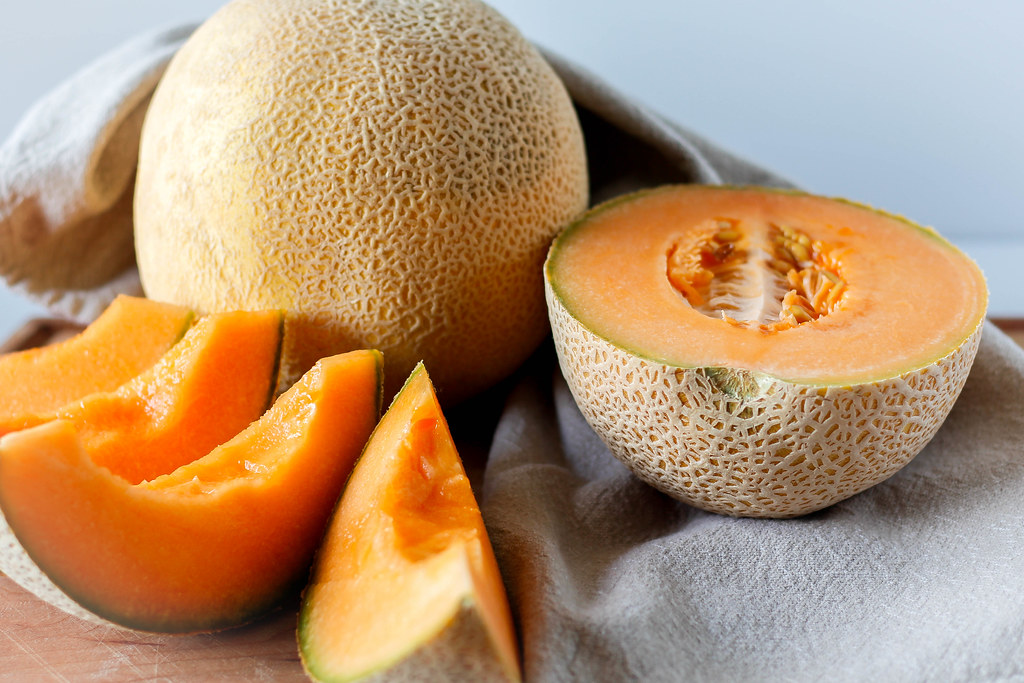
Prickly pears are the fruit that bears on the prickly pear cactus. This alkaline fruit comes in different color from yellow-green to deep red or purple. Prickly pears grows wild in the North American deserts, Mexico and in Canada. Although the fruit isn’t that popular in the US, prickly pears have been a staple for Mexican and Central American people for centuries. The fruit traditionally isn’t only used for a diet staple but also for medicinal treatment and can provide the body with several health benefits.
Prickly pears are loaded with fiber. Just 1-cup serving has 5.4 grams of fiber, which equals 22 percent of the daily value. Fiber contributes to digestive system health and helps to prevent constipation. Adequate fiber is also linked to lowering cholesterol levels and decreasing risk of heart disease and stroke.
The alkaline fruit is also packed with essential minerals including calcium, magnesium and potassium. Magnesium and potassium contribute to the metabolism to produce energy. They also aid in the regulation of your heartbeat and help ensure proper nerve and muscle function. One-cup serving of prickly pear contains 32 percent of the daily value of magnesium, which is approximately 127 milligrams and 10 percent of the daily value in potassium, which is about 328 milligrams.
Consuming 1-cup of fresh prickly pear gives the body 83 milligrams of calcium, or about eight percent of the daily value for people. Calcium is crucial for the maintaining healthy bones and teeth. This essential mineral also helps to prevent osteoporosis from developing. About 99 percent of the body’s calcium is found in the teeth and bones.





